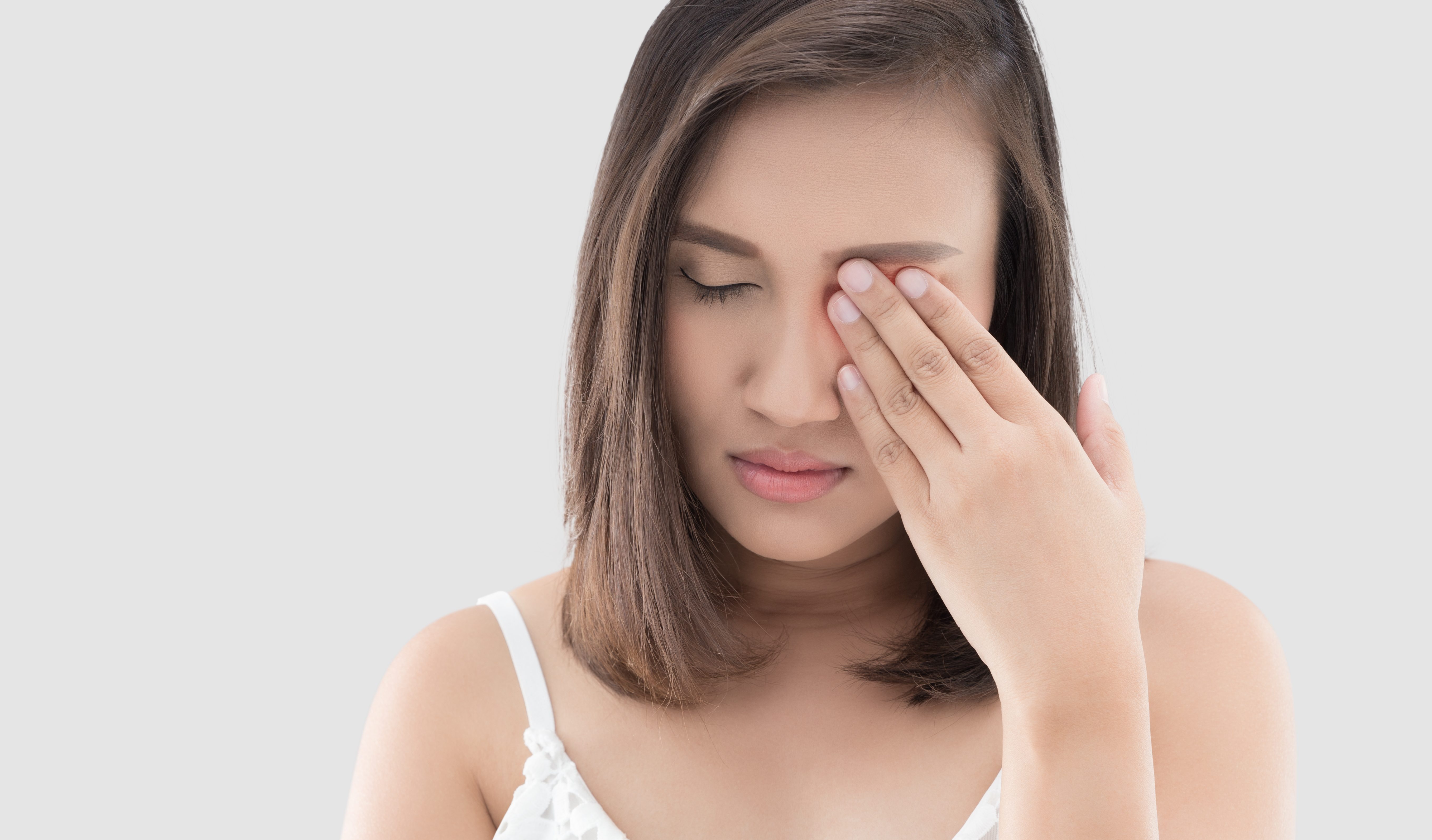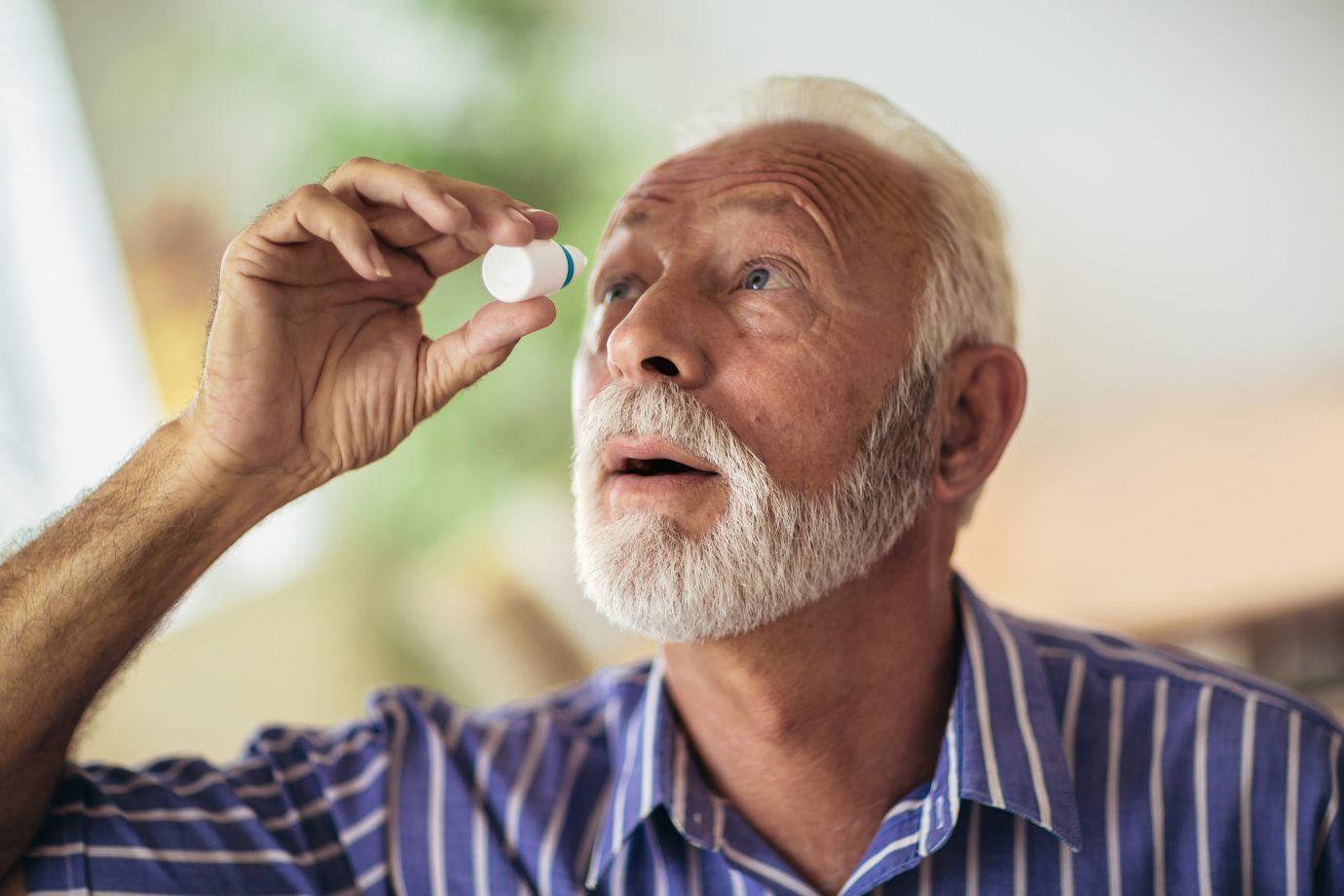
Most of the time, a stye will heal all on its own and is not harmful to your eye health. You may like to encourage the healing by following a few simple steps:
1. Apply a warm compress for 10 minutes, several times a day
Much like a pimple, this helps to bring the stye to a head and allows the pus to surface and drain naturally. Do not try to “pop” the stye.
2. Apply a tea bag instead of a compress
Black tea has some natural antibacterial properties which can help alleviate the inflammation. Apply in the same way you would the warm compress in step 1.
3. Clean your eyelid
Use a gentle, tear-free soap or saline solution to clean your eye lids with a clean washcloth or makeup remover pad. This can encourage the bacteria causing the stye to break down and drain.
4. Avoid eye makeup
Eye makeup can irritate the eye, slow down the healing process and contaminate your makeup tools with the bacterial infection. As a preventative measure, consider replacing eye products every 3 months and clean your brushes regularly.
5. Stick to glasses
Inserting contact lenses into an already irritated eye can further irritate the eye. We recommend sticking with glasses until the infection heals.
6. Ease the pain
If the stye is causing you discomfort, you can take anti-inflammatory over-the-counter medication like ibuprofen to help take the edge off while it heals.
7. Avoid sharing towels and pillowcases
Styes are contagious. Avoid sharing washcloths and bedding that can cause others to develop the infection.
Styes: Commonly asked questions
What is a stye?
A stye is an infection in the eyelid causing a small pimple-like bump near the edge of the eyelid.
Is a stye harmful?
While it may look swollen and uncomfortable, a stye typically doesn’t affect your vision and most will heal on their own within a few days without the need for treatment.
What causes a stye?
A stye is caused by bacteria known as staphylococcal bacteria. It is not always contracted from external contamination as most of us carry this type of bacteria in our bodies and can develop a stye without coming in contact with others. Still, staphylococcal bacteria is contagious so take care to keep your hands and eyes clean so as not to pass the infection around.
Why is my stye not going away?
If the stye has not healed within a week, or has worsened, seek the expert advice of your local independent optometrist who will do a thorough assessment of the affected area as part of a comprehensive eye examination. Find your nearest optometrist from our community of independently-owned optometrists by hitting the button below.
Find your nearest optometrist now


